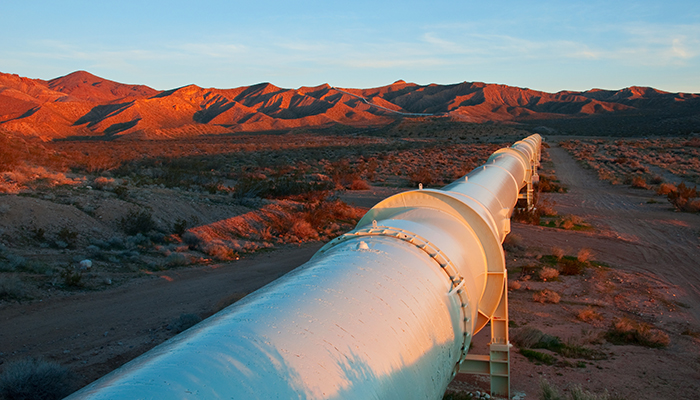- Hydrogen
- India
India's First Steps toward Being a Global Hydrogen Hub

India’s National Hydrogen Mission Presents Opportunities
On August 15, 2021, India’s Prime Minister Narendra Modi launched the country’s National Hydrogen Mission. The main objective of this mission is to cut down carbon emissions by increasing the country’s reliance on renewable energy and aligning India’s efforts with global best practices in technology, policy, and regulation. With respect to hydrogen, the country seeks to scale the infrastructure to produce green hydrogen, with the Ministry of New and Renewable Energy having allocated ₹800 crores ($106 million) from 2021-2024. Additionally, the country aims to leverage its landmass and low renewable energy tariffs for producing low cost green hydrogen and ammonia and exporting it to countries in Asia Pacific and the European Union.
Features of India’s Green Hydrogen Policy
To achieve the objectives stated in the National Hydrogen Mission, on February 17, 2022, the Indian government unveiled the first phase of its Green Hydrogen Policy. Through this policy, India targets producing 5 million tons per annum of green hydrogen by 2030 to not only meet its own hydrogen requirement but also emerge as a net exporter of hydrogen. The policy comes at an opportune time with the Russia-Ukraine crisis underscoring the importance of energy security. As of early 2022, India imports 85% of its oil and 53% of its natural gas to satisfy its energy demand.
Challenges Remain
However, there are challenges that the Indian government must address along the path of its hydrogen mission. The country currently has an estimated hydrogen demand of 6.7 million tons, which may almost double by 2030. Oil refineries, industrial manufacturing, and fertilizers are the main application segments where the demand is being met by grey hydrogen. India would thus need to account for replacing grey hydrogen with low carbon hydrogen sources, which are more expensive. To produce significant quantities of green hydrogen, the country would also need to ramp up its electrolyzer production capacity.
Stakeholders Contribute to India’s Hydrogen Vision
To overcome barriers and achieve its hydrogen goals, India will need to rely on some of its major oil & gas leaders for steering the transition to sustainability. Reliance Industries and the Adani Group have already declared their intentions to establish India as a hydrogen hub and announced large investments. For the production of electrolyzers in India, Larsen & Toubro entered into a partnership with Norway-based HydrogenPro for establishing a gigawatt-scale electrolyzer manufacturing plant. Furthermore, to address issues of transporting hydrogen within the country, the Gas Authority of India Limited has started exploring opportunities to blend hydrogen into the city gas distribution network. Although the hydrogen being blended is grey hydrogen, the long-term plan is to completely replace it with green hydrogen. Lastly, for India to establish itself as a global hydrogen port, initiating hydrogen trade opportunities is paramount. On this front, India and Australia have agreed to jointly work toward scaling up the manufacturing, deployment, and transportation of low carbon hydrogen.